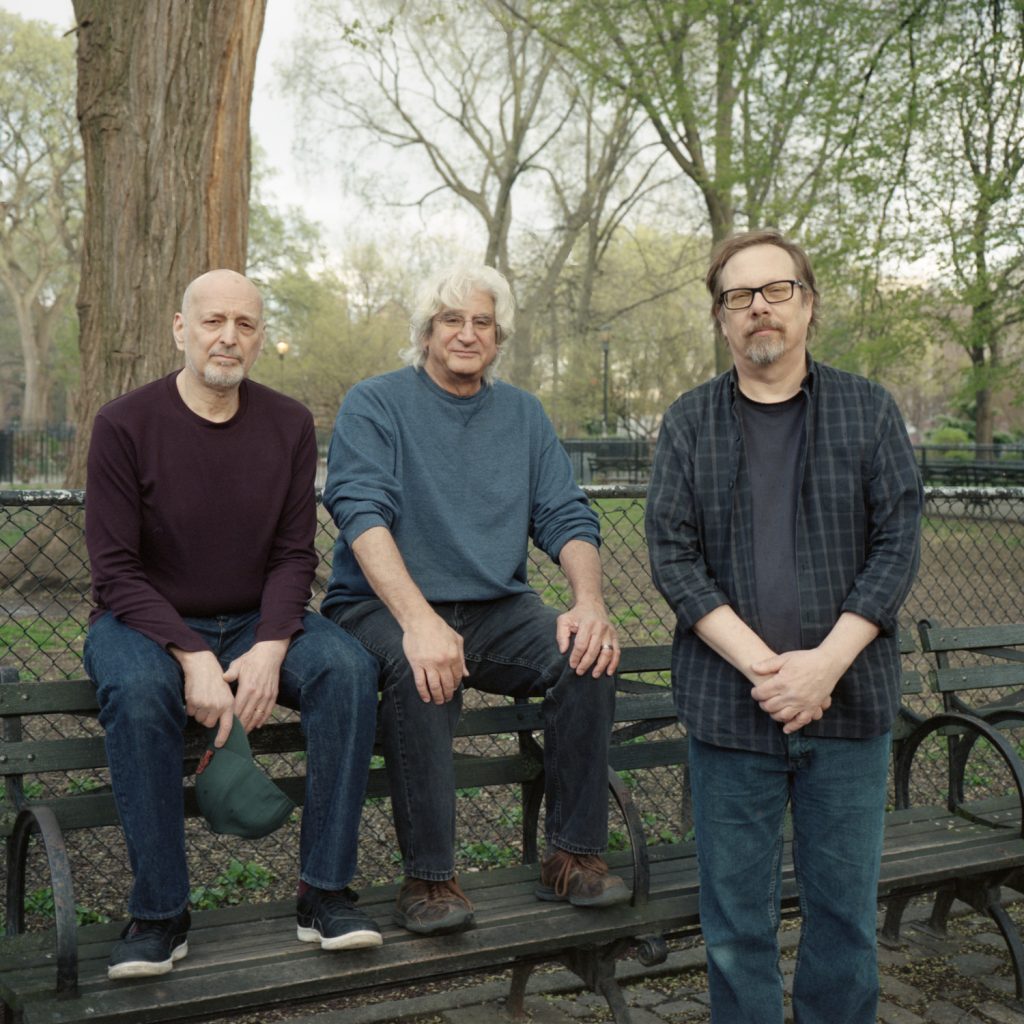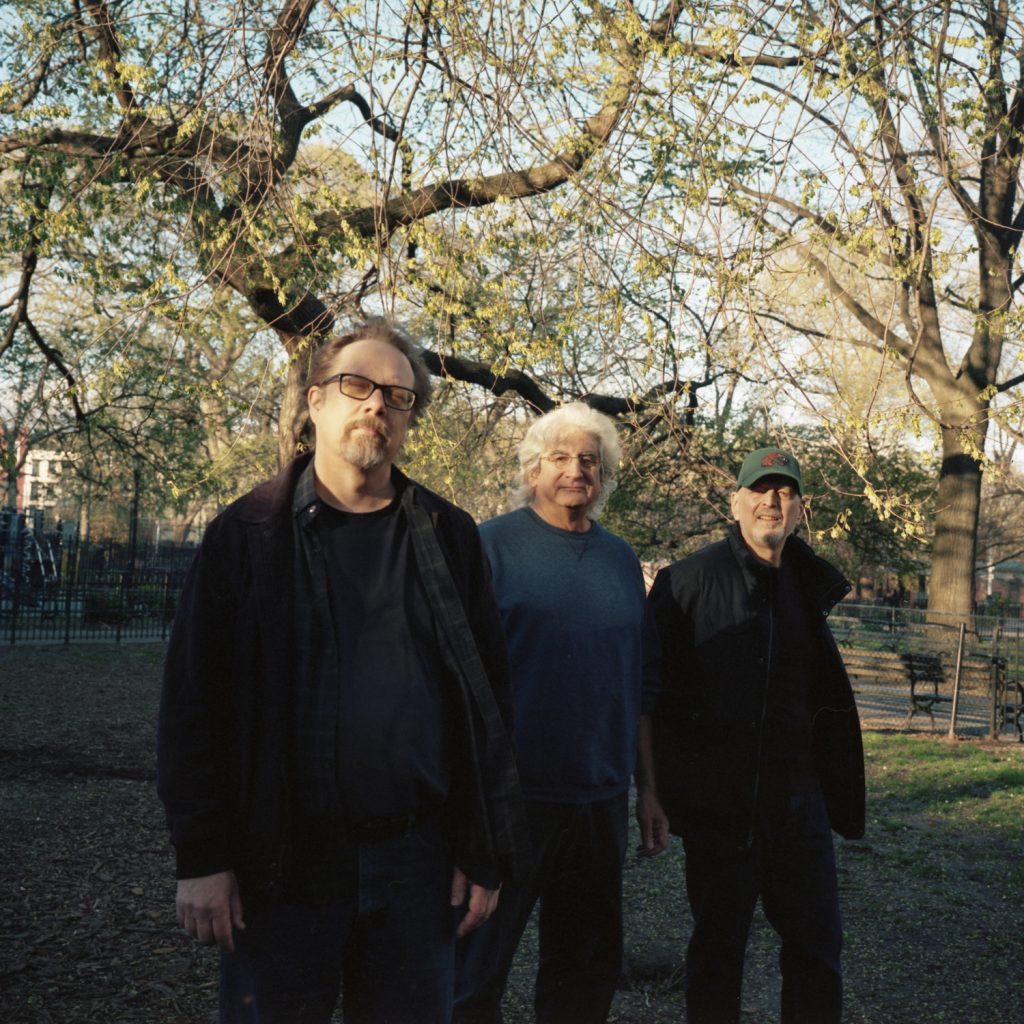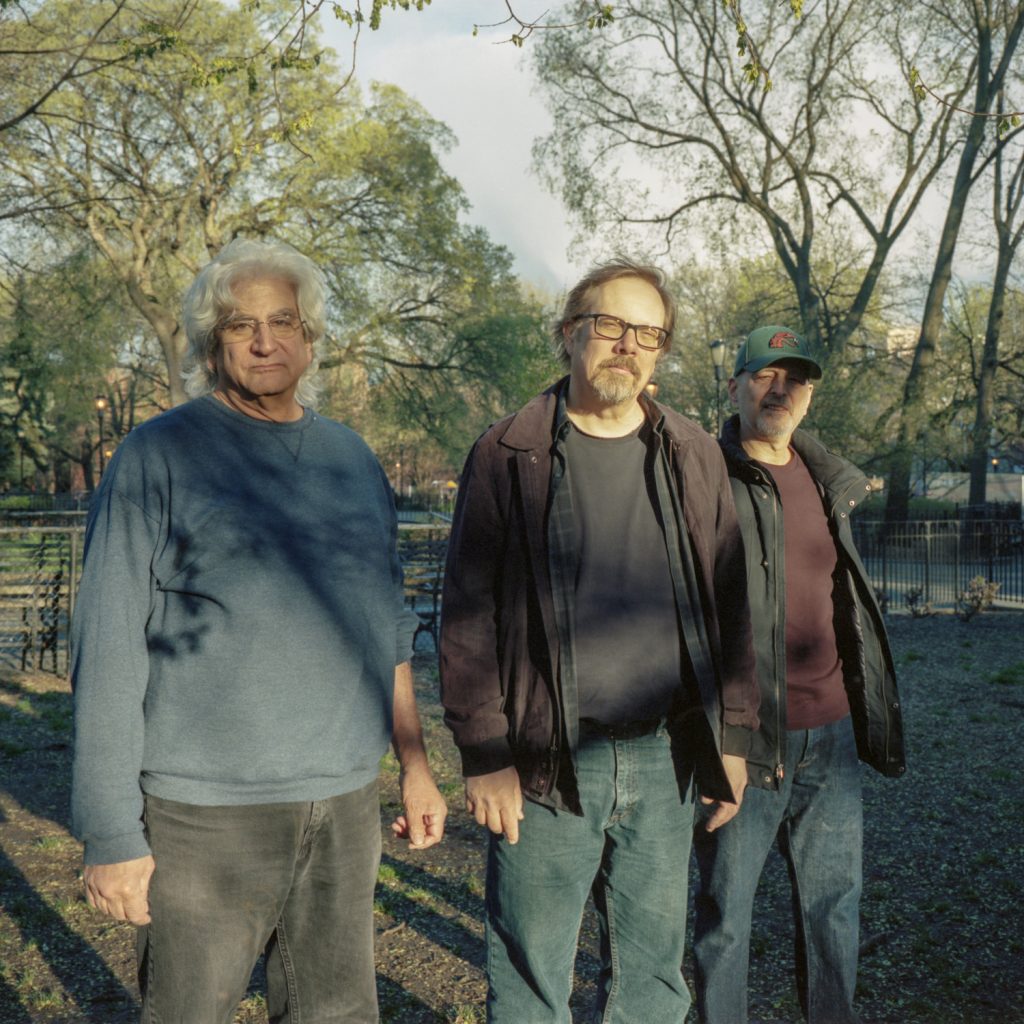
The main man behind the Schramms, Dave Schramm has a career spanning 40 years. His band’s latest (and seventh overall) album, Omnidirectional (Bar/None), is a musical work of art. MAGNET got to catch up with Schramm (an original member of Yo La Tengo who has worked with the likes of the Replacements, Richard Buckner and Syd Straw), and we talked about his career (five sentences turned into a rather a wonderful history), Omnidirectional, his work with other musicians and much more.
There are not many artists who can claim to have such a great legacy as you: a four-decade career and so many amazing achievements under your belt. So try and sum up your entire career in no more than five sentences.
Really? Well, we had a band in high school that only played original songs, somewhat Stones-influenced, while everyone else was playing Zeppelin covers, which alas, did not endear us to the local youth, but we soldiered on through to college in Ohio, where I eventually fell in with a crowd of musical misfits including the Human Switchboard, with whom I played bass alongside the esteemed Ron Metz, drummer, and moved first to Kent, Ohio, and then back to the New York metropolitan area, where I quit the band so they fired me. I was lucky to land in Hoboken, N.J. (sharing a pad with first the esteemed Fred Brockman and then the aforementioned Metz), where I fell in with the local musicos, playing softball every Sunday with Individuals, Bongos, Hubleys and Kaplans, yadda yadda, and eventually joined up with Georgia and Ira for some records and a tour, after which I left Yo La Tengo (amicably) and formed the Schramms with Metz and initially Mike Lewis (ex-YLT), et al, which made six albums for various labels through the ’90s, supposedly in the style of alt-country or Americana or something or other, but I never paid that much mind, especially as time went on. Also in Hoboken were Chris Stamey, Freedy Johnston, Kate Jacobs and others of this ilk, who all asked me to play along on some of their records, which I happily did, and through these good people, by extension, I recorded and toured with the esteemed Peter Holsapple and Chris Stamey, and through Chris and Scott Litt, I played on (the Replacements’) All Shook Down, which I think is a wonderful record, and was lucky enough to play and record a little with the estimable Will Rigby and the valiant Laura Cantrell, not to mention Richard Buckner, where I made the acquaintance of the estimable and creative JD Foster, who became a longtime collaborator, and also came to know the esteemed Peter Blegvad and the abfab Syd Straw, and through Syd, many other happy and fab musicos. Along the way Georgia and Ira asked me and Al Greller (who then and now played bass in the Schramms) to join them for a (Yo La Tengo) album called Fakebook, which was a joy to make and seems to be well regarded, after which we got back to making Schramms records and touring mostly in Europe, though soon after the turn of the century, those activities slowed down a bit, but did not completely cease, since the energies normally expended thereon were channelled into something wonderful called the Radio Free Song Club, which Kate Jacobs, Nicholas Hill and myself began with Victoria Williams, Laura Cantrell, Freedy Johnston, Jody Harris, Peters Holsapple and Blegvad, David Mansfield, Amy Rigby and Wreckless Eric and, later, Amy Allison, Howe Gelb, Don Piper and Robin Holcomb, and still in spite of all this, eventually the Schramms finished another record, which of course we have just released, and I temporarily re-joined Yo La Tengo for a record called Stuff Like That There and a tour, and I’m sure I’ve left out something worthy of mention and paid only cursory attention to proper chronology, but there it is.

Wow! I must admit it was an absolute pleasure to hear Omnidirectional. To me, there is just so much in there with so many elements. Can you talk about the writing and recording process for it?
Thanks. Glad that you enjoyed the record. You’re right, there is a lot going on. Hopefully, it’s not overwrought. The writing, for the most part, happened between 2002 and 2004. In fact I played the opener, “Honestly Now,” with Yo La Tengo most every night on the “Rock The Vote” tour we did in 2004. Once I had an album’s worth of tunes, I did some demos for most of them, on my own, just to give them some form and see what they were all about. That’s a different approach than we usually take as a band. Normally I just start playing the song for everyone and we hash it out. We did that for a few of these. “Hearts And Diamonds” is one. But for most of the tunes, we had this template to work from. In the studio, all of our sessions were stretched over a period of years, not by design but by necessity. Sometimes there was six months between. That’s why the album took as long as it did. I think we did two or three basic tracking sessions. At first, I thought we would try and record as much on the basics as possible—gather other musicians so that we could make it as live as possible, but we abandoned that soon into the process. The basics were Ron, Al and myself, and then it became JD, Andy Taub and myself doing overdubs and vocals. Even though I had done demos that were useful guides, there was still a lot of experimentation that went on. We had one amazing day where Ted Reichman, Marika Hughes, Jessica Troy and Doug Wieselman came and laid down Ted’s string and wind arrangement for “Not Calling,” and James McNew was there as well and did a bunch of singing.
Hearing “Spent” from Omnidirectional, I just kinda kicked back and was really able to enjoy it—one of many wonderful tracks on the album. In many ways, however, my PC just didn’t feel right to listen to your music on. If you were to recommend musical hardware no matter of age to play to your music on, what would it be?
Well, there is something different about vinyl, and I love it, but it has shortcomings. Omnidirectional is a long record, around 48 minutes. Anything more than 22 minutes a side means having to make compromises. Less favorable signal-to-noise ratio, low-end, etc. So in our case, while I love the sound of it on vinyl, there is a little more background noise to deal with. But I don’t mind it—it comes with the territory. No noise on the CD, of course. And as long as you are listening with at least CD-quality (mp3 at 320k), that’s a happy place. But a 128k mp3 through ear buds? Feh.
You have been a very much in-demand studio musician. How does that feel, and who sticks out in your mind as a band or artist that you have really enjoyed working with?
I do love playing with other folks. Mostly stress free and a joy to find my way in other people’s music. What sticks out? Working on This Perfect World with Freedy and Butch Vig and John Siket, Since with Richard Buckner, the Yo La Tengo records and shows, making records with Kate Jacobs, Mavericks with Peter and Chris. Being an Unmentionable for a short time. And all the shows with Radio Free Song Club were non-stop great.
There is an instrument called a Marxophone used on Omnidirectional. Just what is a Marxophone, and why did it fit so well on the album?
The Marxophone is like a zither, or a keyboard-operated hammered dulcimer, from the early- to mid- 20th century. If you hit a key briefly, you get a single note. If you press and hold, the spring steel arm of the hammer bounces up and down on the spring, giving you a repeated note like a mandolin tremolo. Sounds like the intro to (the Kinks’) “Death Of A Clown,” although I’ve read that was Nicky Hopkins playing the strings of a piano with fingerpicks.
And what about the guitar instrumental on “Two A.M. Slant”? Why did you decide to record this one at home in Hoboken?
That one was very off the cuff. Written and recorded all in a moment. Recorded in my living room because that’s where I was at the time. Intended as a demo, I decided I didn’t want to change anything and that everything was as it should be.
Your Facebook page is full of pictures of doors. Why?
Doors fascinate me. I have always taken pictures of them everywhere I travel. They can provoke, identify place or time, nurture mystery or beckon. You might have noticed they are part of the visual language of the album art.
A lot of people might characterize your music as folk rock, but Omnidirectional is far from that. Why did you decide to create such an ambitiously different album encompassing so much in the music?
I never paid much mind to being labeled “alt-country” or “Americana” or what have you. Although the folk-rock thing can be discerned, there are plenty of songs on our earlier records that don’t quite slot in to that. And with the last studio album, (2003’s) One Hundred Questions, I think those labels are totally inappropriate. The new album is just a reflection of our actual musical interests. That’s where the title comes from.
How do you feel Omnidirectional would’ve sounded if you had to finish the album within a certain amount of time?
It might have sounded the same. I don’t know. When we were in the studio, we worked quickly. We just were not in the studio very often.
You describe some of your songs lyrically as Frankensteins. Why is this?
Only in that some were pieced together after much trial and tribulation, not organically and easily. Occasionally, this results in something I find to be completely cohesive and satisfactory, but sometimes not. “New England” is one I struggled with. “Honestly Now” came all in a rush.
Thanks for your time. Is there anything you would like to add?
Thanks. Happy that the album has been well received so far. Time to get started on the next one.
—DJ Phlis









